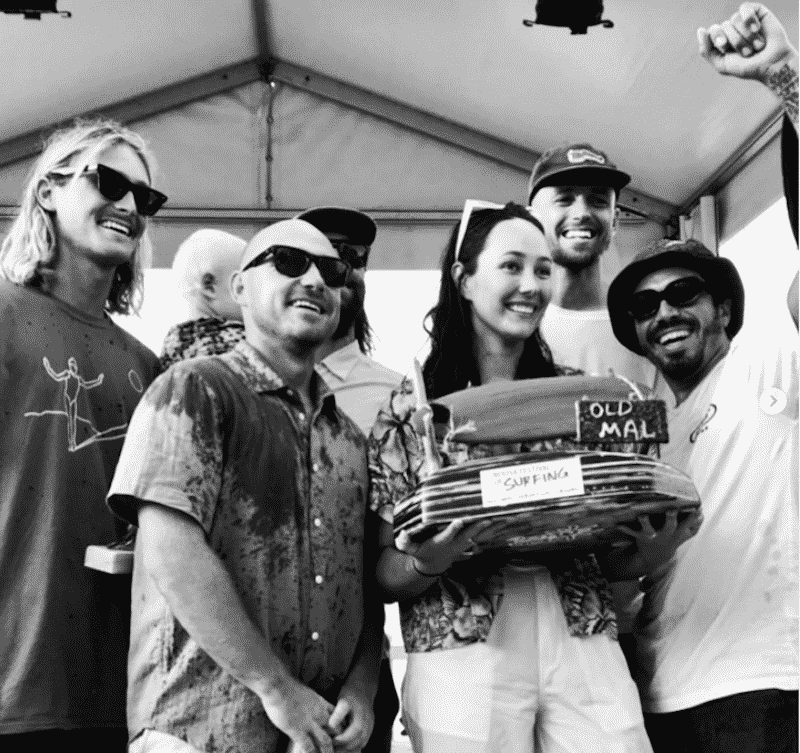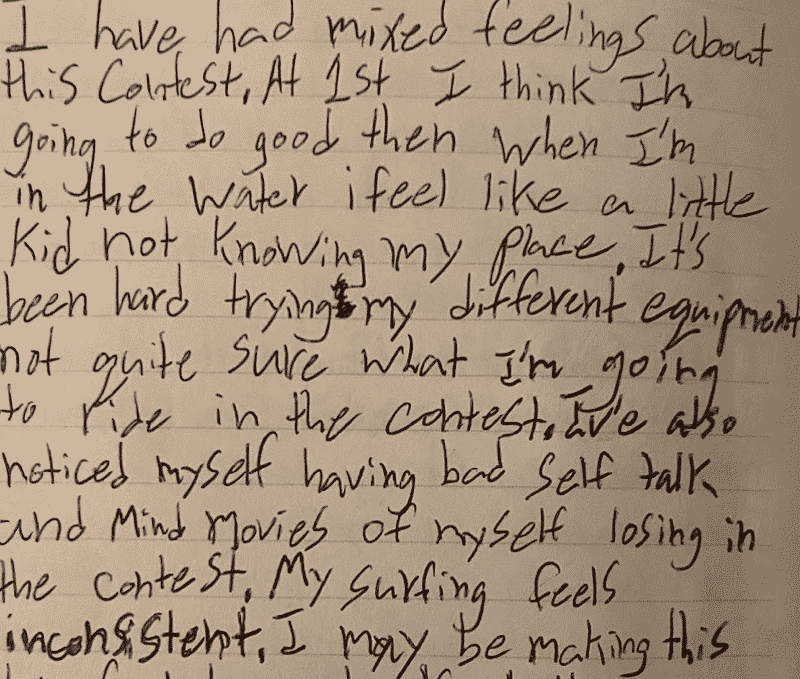Let equality ring!
Yesterday, the sun set on a different Australia than the one it rose over hours earlier. A better Australia. A brighter Australia. An Australia where gender-based assumptions lay on red ground in a smoldering heap. Where equality, true equality, rang.
For yesterday a woman, Sierra Lerback from Maui, beat all-comers in the most prestigious Old Mal division of the Noosa Festival of Surfing to hoist the cup and change history.
“All-comers” referring to a who’s who of ridiculously talented males including Jared Mell, Jack Norton, Byron Chadwick and Harrison Roach.
The aforementioned Roach took to Instagram immediately, penning, “@sierralerback is the first woman in history to win the most prestigious division of the @noosa_festival_of_surfing, the Old Mal, and she’s my mate.”
Praise was universal from luminaries such as Alex Knost, Joel Tudor, Devon Howard, Robert “Wingnut” Weaver etc.
Now, students of surf journalism will be aware that I have been calling for mixed longboarding for years or maybe months. Women dance the plank as beautifully as men, even more beautifully, and so why not cast them into the same field and allow them to Battle of the Sexes regularly? I pepper World Surf League Longboard Commissioner Devon Howard with such thoughts as well anyone else who will listen.
That same World Surf League has set itself up as the most equal of governing bodies, what with equal prize money and equal-ish venues, but true equality is singular. It is one. The World Surf League Shortboard Commissioner, Jessi Miley-Dyer, has been a rumored hater of longboarders and longboarding, recently threatening to cut that tour down to one event and casting its champion into outer darkness. Will the Noosa Festival of Surfing change her mind? Help her to see the light? Miley-Dyer’s congratulatory missives were notably missing from Lerback’s accomplishment.
More as that story develops but, in the meantime, great congratulations to Sierra Lerback. May it be the first of many.







